Sony's releasing firmware updates for its Z range quite often, the Z2 here was bang up to date (I checked) and, in theory, Sony's imaging algorithms should have been improving with each update. In theory. They are, but in practice, I was still a little underwhelmed, as you'll see below.
Can this Android camera champion (well, until the Samsung Galaxy K Zoom!) get the better of the Lumia 1020 from the Windows Phone world, across all light conditions and scenarios?
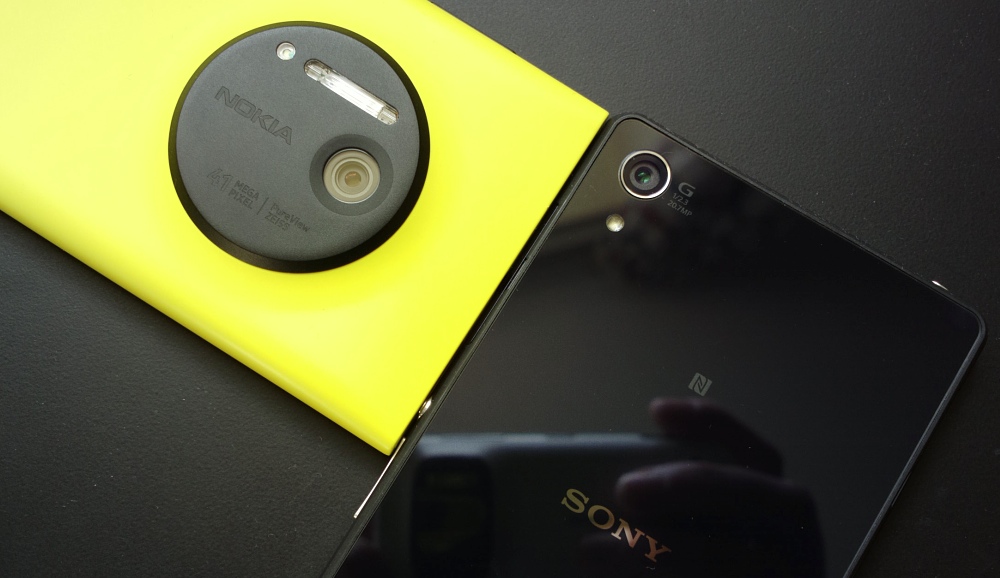
Lumia 1020 and Xperia Z2, shot by (ahem) the 808 PureView - well, it had to creep into this article somehow!
Some notes though, as usual:
- The field of view was different on the two devices, plus one shoots at 5MP and the other at 8MP, so I've plumped for static 1:1 crops rather than using our fancy interactive comparator tool, since the images wouldn't line up exactly.
- Both Nokia and Sony strong arm the user into using the 'shareable' resolutions, and rightly so, since both the 1020 and Z2 feature 'oversampling', i.e. using information from a higher resolution underlying sensor in order to improve detail and reduce digital noise. Yes, I could have opted to look at full resolution images (34MP vs 16MP) but this would have been rather artificial, not least because you have to jump through hoops on each device in the UI or connectivity software in order to capture or access these.
Test 1: Sunshine
A local club house that faces south-west and always offers an easy vantage point and plenty of detail to examine. Here's the full scene, as captured on the Lumia 1020:
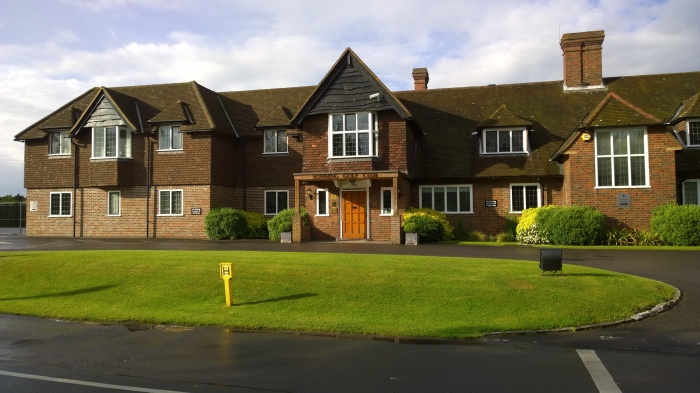
And here are 1:1 crops from central detail, from the Nokia Lumia 1020 (top) and Sony Xperia Z2 (bottom) - use the hyperlinked names to download the original JPGs if you want to examine them yourself, etc.:

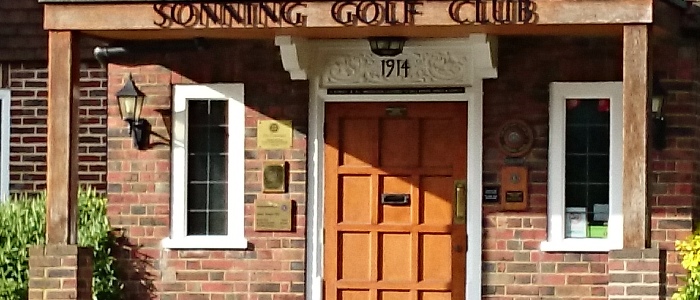
The oversampling certainly works on the Z2, you can see if you pixel peep in at this level that this is pretty much as 'clean' as Android smartphones get. Yet there's still too much processing overall, compared to the rather splendid realism from the 1020 photo. Plus the characteristic red tint from the Sony Xperia camera makes it all too evident which crop looks like real life and which is the fascimile.
Test 2: Sunny, zoomed
The same scene, but this time using the lossless zoom on each device - note that on the Z2 I used the multi-touch splay method, and therefore tried to stay within the capabilities of the sensor, i.e. I tried not to zoom in beyond the marked soft limit in the UI, after which zooming would have been as blocky as other digital zooms.
Here are 1:1 crops from central detail in the zoomed images, from the Nokia Lumia 1020 (top) and Sony Xperia Z2 (bottom) - use the hyperlinked names to download the original JPGs if you want to examine them yourself, etc.:
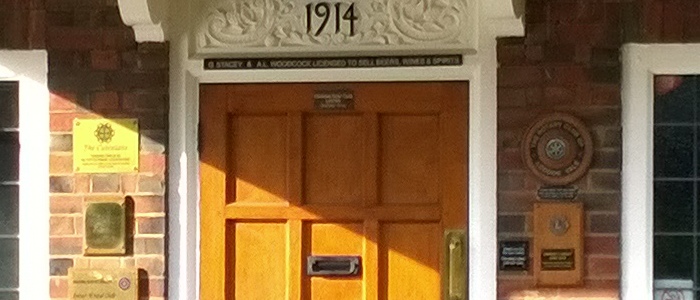
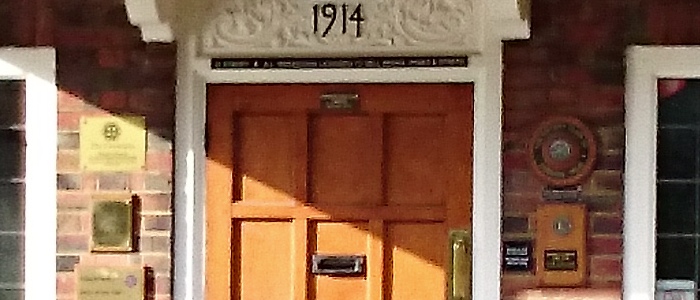
Losslessly zoomed in, of course, we're down to 1:1 pixel usage on the sensor, i.e. no oversampling. Yet the 1020 image remains rather good, with just a little noise giving the game away - and see the tiny text above the door, which is actually readable. In contrast, stripped of the oversampling, we see how noisy and relatively ghastly the Z2 sensor is down at pixel level.
Test 3: Dusk
A nice river scene, with interesting distant bridge detail to compare. Here's the full scene, as captured on the Lumia 1020:

And here are 1:1 crops from central detail, from the Nokia Lumia 1020 (top) and Sony Xperia Z2 (bottom) - use the hyperlinked names to download the original JPGs if you want to examine them yourself, etc.:
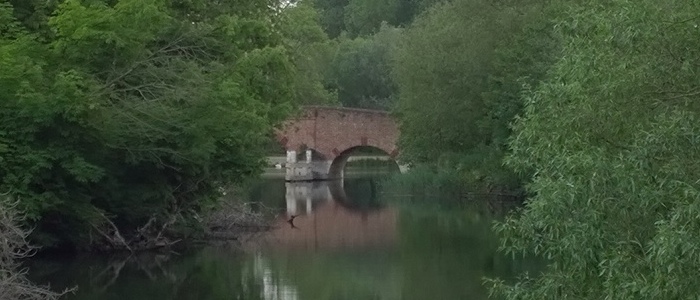

The Z2 crop is certainly comparable, though the 1020 shot, despite being lower resolution, somehow manages to have more detail. It's becoming apparent in these tests, that the Z2's oversampling is more limited and cruder - which is understandable, since the 1020's sensor is (physically) twice the size and with twice the underlying resolution, so there's more light gathered and more pixels available to supply data.
Test 4: Dusk, zoomed
The same scene, but this time using the zoom on each device - this time I used the Z2's volume buttons to zoom, which are horribly unoptimised and take the user right into blocky digital zoom territory in a fraction of a second.
Here are 1:1 crops from central detail in the zoomed images, from the Nokia Lumia 1020 (top) and Sony Xperia Z2 (bottom) - use the hyperlinked names to download the original JPGs if you want to examine them yourself, etc.:

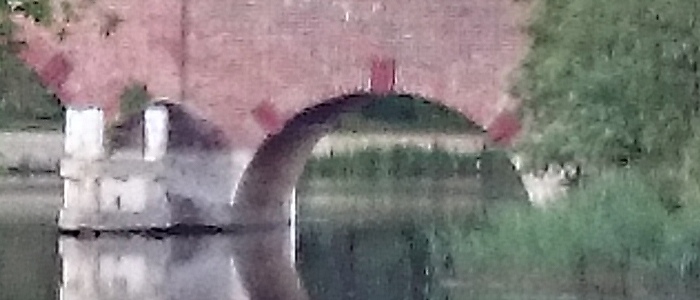
Probably no comment is needed here, the 1020, at full zoom stretch, starts to show pixel noise, but the result is still useable. In contrast, with traditional digital zoom applied on top of the initial lossless zoom, the Z2's image is a typical smartphone camera zoom mess.
Test 5: Shooting into late afternoon sun
Some road detail, a pleasant suburban scene. Shot partially into the sun, so I was testing degrees of lens flare, too. Here's the full scene, as captured on the Lumia 1020:
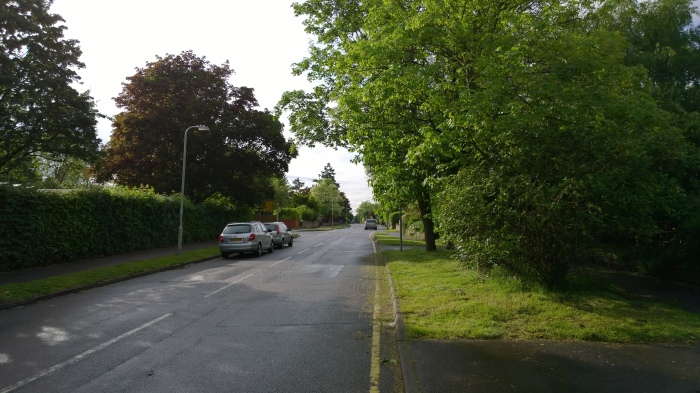
And here are 1:1 crops from central detail, from the Nokia Lumia 1020 (top) and Sony Xperia Z2 (bottom) - use the hyperlinked names to download the original JPGs if you want to examine them yourself, etc.:
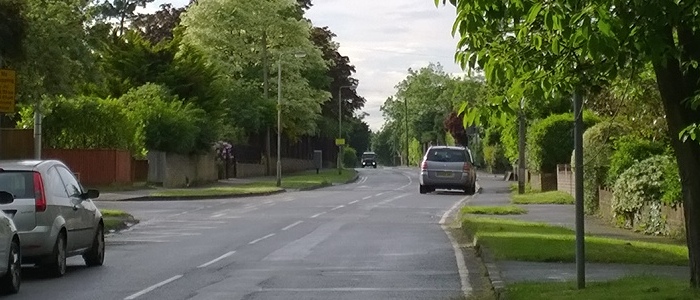
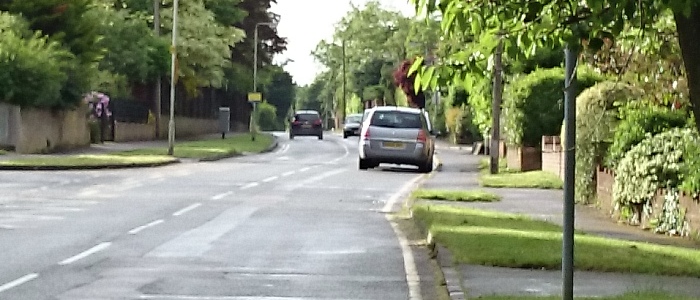
It's true that the Z2 image is relatively clean, but it still looks far too 'processed', to my eyes. The effects of oversampling, noise reduction and then sharpening, all leave their tell tale signs. In contrast, the Lumia 1020 5MP shot is almost perfect again - the acid test for these images is if you imagine you're looking through a letter box onto the scene - the 1020 looks like real life, the Z2 doesn't.
Interestingly, the 1020's normally prone to lens flare, but (if you grab the linked image above, you'll see that) the Z2 was the one that showed this - you'd definitely want the sun in the arc behind you on this device.
Test 6: Low light macro
Some detail indoors in low artificial light. Here's the full scene, focussing specifically on the central (top) cork, as captured on the Lumia 1020:

And here are 1:1 crops from central detail, from the Nokia Lumia 1020 (top) and Sony Xperia Z2 (bottom) - use the hyperlinked names to download the original JPGs if you want to examine them yourself, etc.:
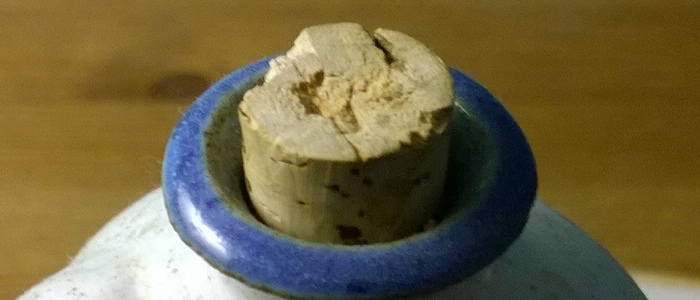
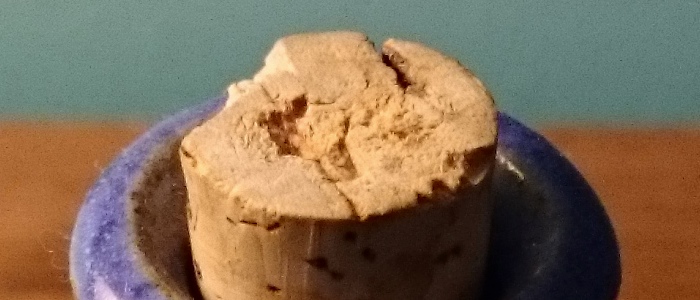
If Nokia's PureView devices have a weakness, it's in macros, with the larger optics struggling to really get as close as the smaller smartphone cameras. Here the Z2 shows it can capture macro detail better, but the shot is yet again spoiled by the red tint on the cork. I do wonder sometimes if the testing engineers at Sony are colour blind?
Test 7: Indoors, low movement
Playing the piano, so my fingers were moving, here in lowish light. Here's the full scene, as captured on the Lumia 1020:
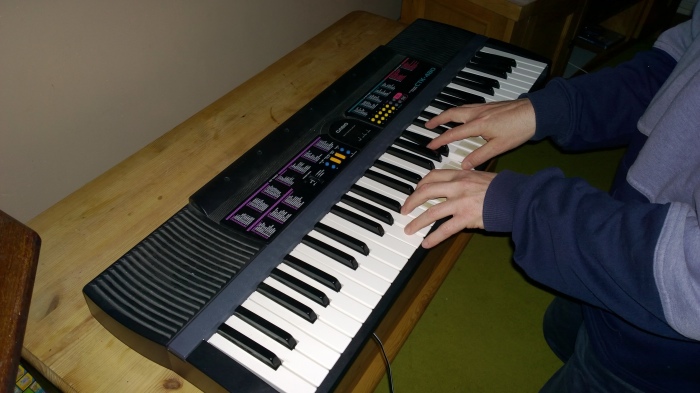
And here are 1:1 crops from central detail, from the Nokia Lumia 1020 (top) and Sony Xperia Z2 (bottom) - use the hyperlinked names to download the original JPGs if you want to examine them yourself, etc.:

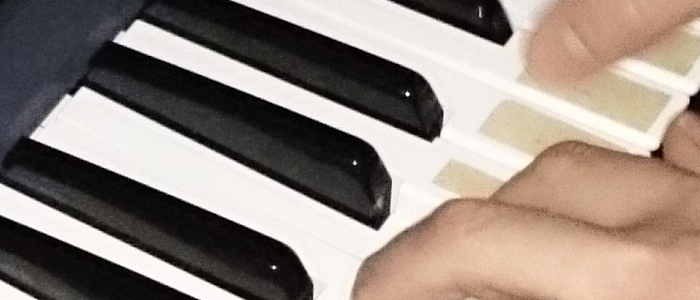
The field of view and resolution differences show up here, of course, with the Z2's 1:1 crop looking bigger, though there's a lot more digital noise - look at the black key sides, look at the edges of the fingers, look at the way the borders between two white keys are blurred into invisibility.
Test 8: Party time
My traditional 'moving subject' low light party mock-up shot - as usual, I forced a laugh during capture, to make sure that my face and the bottle were moving all the time - as a subject would be at a real party (the sort I don't get invited to!) Here's the full scene, as captured on the Lumia 1020:

And here are 1:1 crops from central detail, from the Nokia Lumia 1020 (top) and Sony Xperia Z2 (bottom) - use the hyperlinked names to download the original JPGs if you want to examine them yourself, etc.:
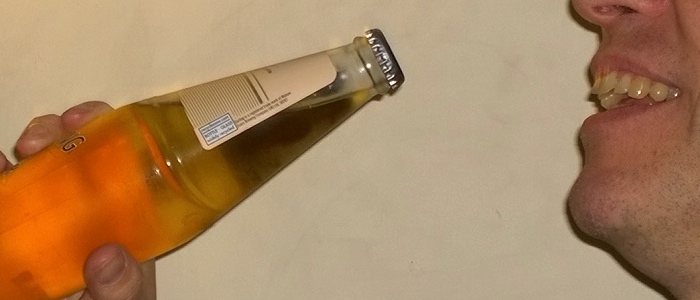
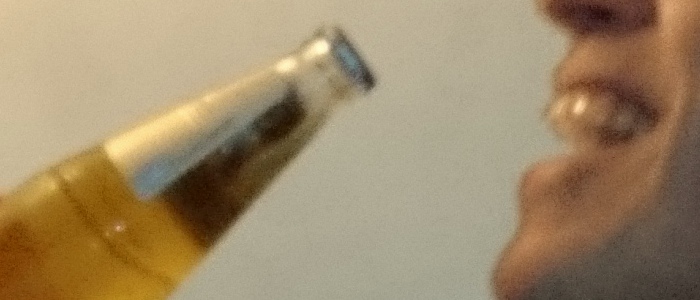
As usual here, the win for Xenon over LED flash is so total that I defy anyone to defend the latter. Given that I was moving, the Xperia Z2 at least manages not to blur things too much, with a 1/64s exposure, but there's simply nothing crisp at all and far too much noise. In contrast, look at the extreme bottle label detail. Or, indeed, at the stubble detail on my chin. Ahem.
Conclusion
The Z2's poor showing here makes it seem as if it has a terrible camera - which it doesn't. The Xperia Z2's camera is one of the best in the Android world, at least it is if you factor in the oversampling and lossless zoom. I'd still put the 16MP camera of the Galaxy S5 ahead of it, but that's another comparison for another day, for another site.
Yet compared to Nokia's Lumia 1020 masterpiece, the Z2 comes off very poorly indeed. The disappointing thing is that the Z2 camera should be better than it is. With larger sensor and optics than the S5, and with higher native resolution, the Z2 should be the 1020's closest challenger - and it isn't.
The Z2 camera does leap into action quickly, there's a decent 'Manual' mode for users who want it, plus you get the other advantages of being a very fast Android smartphone. Even apart from raw image quality, there are usability issues which spoil the photographic experience - the volume key mapping to zoom is appallingly cack-handed and the overlaid animation when taking a photo is just a (literal) waste of time.
Z2 advocates will hit back, pointing to the 4K video capture, for example - video is a different matter and will require a separate article and I'd expect the match up to be a lot closer.
In the meantime, the Lumia 1020's position at the very top of the smartphone imaging tree, at least in terms of raw quality, remains unchallenged. At least until next week, when I'll bring you another head to head, with the brand new Samsung Galaxy K Zoom, with 10x optical zoom and Xenon flash - this will be a MUCH closer match.
PS. Thanks to Vodafone 4G in the UK for the review Z2 hardware
